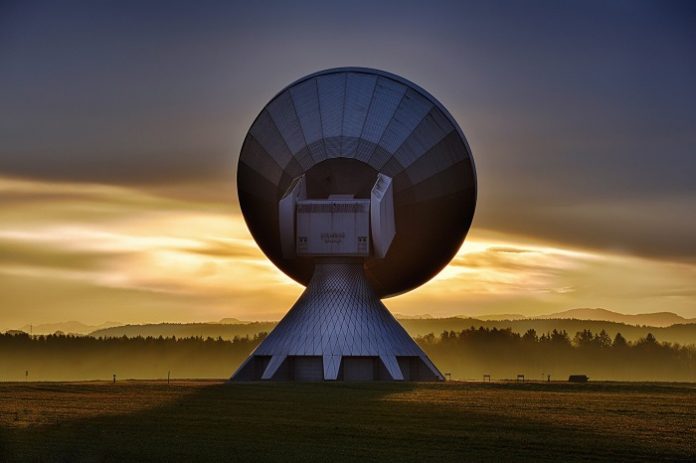The University of Science and Technology of China of the Chinese Academy of Sciences investigated the high-loss free space, high-precision time-frequency dissemination between remote locations, simulating high-precision time-frequency high-orbit satellite-ground links in the channel loss, atmospheric noise, and transmission delay effects.
This link experiment exhibits that the instability of the time-frequency transfer via a satellite in middle-high earth orbits might reach 10-18 at 10,000 s, enabling the potential performance of optical atomic clocks and intercontinental comparison of ground clocks.
High-precision time-frequency dissemination and comparison techniques apply in all kinds of large-scale precision measurement systems. At present, the international metrology standard systems are at the quantization stage. The frequency standard is at the core of the precision measurement and international metrology systems. Other basic physical quantities except for the amount of matter (mol) are directly or indirectly traced to the frequency. On the other hand, the novel optical frequency standard technologies develop rapidly, whose accuracy is two orders of magnitude better than that of the original second definition frequency standard.
The most important part of the technical roadmap of the change of the second definition is to set the intercontinental time-frequency comparison with the optical frequency standard at the 10-18 level. To have an ultra-long-distance high-precision time-frequency comparison or dissemination is an unsolved problem, while the satellite-ground link is recognized as the most feasible solution.
In this study, the researchers used a dual-comb linear optical sampling time measurement method. Compared to the continuous wave of the single-photon link method, this complex link has the advantage of the high time resolution and the large ambiguous range.
The researchers first comprehensively analyzed parameters such as satellite-ground link loss, Doppler effect, link-time asymmetry, and atmosphere noise, and found that high-orbit links enable more stable time-frequency comparison or dissemination by taking advantage of the long duration, a large common view range, and the lower relativistic effects.
Then, they performed a high-orbit satellite-ground time-frequency transmission experiment to simulate links with the link loss, atmosphere noise, and delay effects.
Through low-noise optical comb amplification, low-loss high-stability dual-comb interference optical path, and high-precision high-sensitivity linear sampling, the researchers built a 16-kilometer horizontal atmospheric free space and high-precision dual-comb time-frequency transmission link in Shanghai. The frequency transmission link realized an instability of 4 10-18 at 3,000 s with an average loss of 72 dB and a 1 slink delay.
Based on these results, they expected that the instability of the time-frequency transfer via a high-orbit satellite-ground link might reach 10-18 at 10,000 s.








